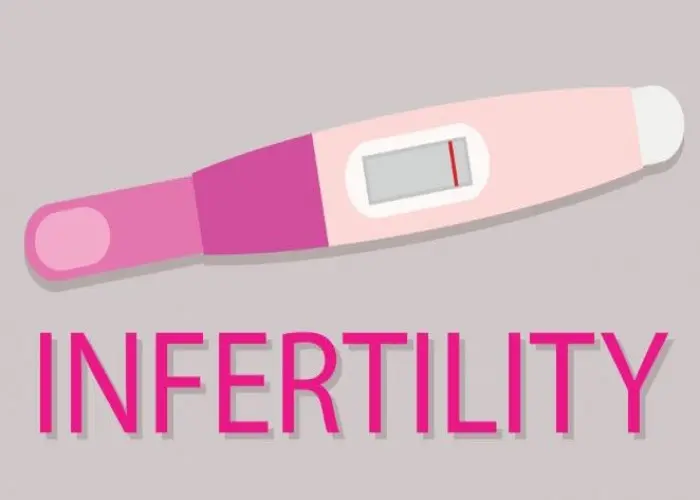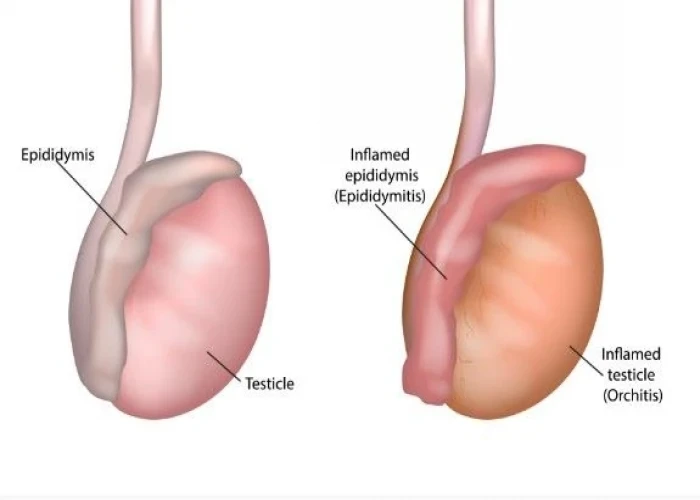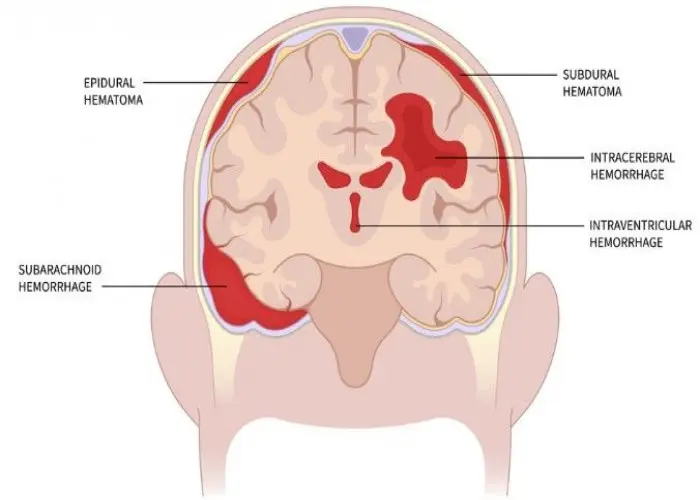 Welcome
Welcome
“May all be happy, may all be healed, may all be at peace and may no one ever suffer."
Myofascial pain syndrome

Myofascial pain syndrome (MPS) is a chronic pain disorder that is characterized by the presence of trigger points, which are hyperirritable, painful areas in the muscles or connective tissue (fascia) that can be felt as knots or nodules. These trigger points can cause pain, stiffness, and limited range of motion in the affected muscle groups.
The exact cause of myofascial pain syndrome is not fully understood, but it is thought to be related to muscle overuse, injury, or trauma, as well as psychological factors such as stress and anxiety.
Symptoms of myofascial pain syndrome may include deep, aching pain in the affected muscles or connective tissue, muscle stiffness or weakness, limited range of motion, and fatigue. The pain may be localized or may spread to other areas of the body.
Treatment options for myofascial pain syndrome may include physical therapy, massage therapy, trigger point injections, medications (such as nonsteroidal anti-inflammatory drugs or muscle relaxants), and lifestyle modifications (such as stress management techniques and exercise). In some cases, cognitive-behavioral therapy (CBT) or other psychological interventions may be recommended to help manage the emotional and psychological aspects of the condition.
Research Papers
Disease Signs and Symptoms
- Muscle pain
- Muscle cramps
Disease Causes
Myofascial pain syndrome
Sensitive areas of tight muscle fibers can form in your muscles after injuries or overuse. These sensitive areas are called trigger points. A trigger point in a muscle can cause strain and pain throughout the muscle. When this pain persists and worsens, doctors call it myofascial pain syndrome.
Disease Prevents
Disease Treatments
Treatment for myofascial pain syndrome typically includes medications, trigger point injections or physical therapy. No conclusive evidence supports using one therapy over another, but exercise is considered an important component of any treatment program. Discuss your options and treatment preferences with your doctor. You may need to try more than one approach to find pain relief.
Medications
Medications used for myofascial pain syndrome include:
- Pain relievers. Over-the-counter pain relievers such as ibuprofen (Advil, Motrin IB, others) and naproxen sodium (Aleve) may help some people. Or your doctor may prescribe stronger pain relievers. Some are available in patches that you place on your skin.
- Antidepressants. Many types of antidepressants can help relieve pain. For some people with myofascial pain syndrome, amitriptyline appears to reduce pain and improve sleep.
- Sedatives. Clonazepam (Klonopin) helps treat the anxiety and poor sleep that sometimes occur with myofascial pain syndrome. It must be used carefully because it can cause sleepiness and can be habit-forming.
Therapy
A physical therapist can devise a plan to help relieve your pain based on your signs and symptoms. Physical therapy to relieve myofascial pain syndrome may involve:
- Stretching. A physical therapist may lead you through gentle stretching exercises to help ease the pain in your affected muscle. If you feel trigger point pain when stretching, the physical therapist may spray a numbing solution on your skin.
- Posture training. Improving your posture can help relieve myofascial pain, particularly in your neck. Exercises that strengthen the muscles surrounding your trigger point will help you avoid overworking any one muscle.
- Massage. A physical therapist may massage your affected muscle to help relieve your pain. The physical therapist may use long hand strokes along your muscle or place pressure on specific areas of your muscle to release tension.
- Heat. Applying heat, via a hot pack or a hot shower, can help relieve muscle tension and reduce pain.
- Ultrasound. This type of therapy uses sound waves to increase blood circulation and warmth, which may promote healing in muscles affected by myofascial pain syndrome.
Needle procedures
Injecting a numbing agent or a steroid into a trigger point can help relieve pain. In some people, just the act of inserting the needle into the trigger point helps break up the muscle tension. Called dry needling, this technique involves inserting a needle into several places in and around the trigger point. Acupuncture also appears to be helpful for some people who have myofascial pain syndrome.
Disease Diagnoses
Disease Allopathic Generics
Disease Ayurvedic Generics
Disease Homeopathic Generics
Disease yoga
Myofascial pain syndrome and Learn More about Diseases

Depression (major depressive disorder)

Infertility (Sterility)

Orchitis

N/A

Pectus excavatum

Adjustment disorders

Intracranial hematoma

Hyponatremia
myofascial pain syndrome, মায়োফেসিয়াল ব্যথা
To be happy, beautiful, healthy, wealthy, hale and long-lived stay with DM3S.
